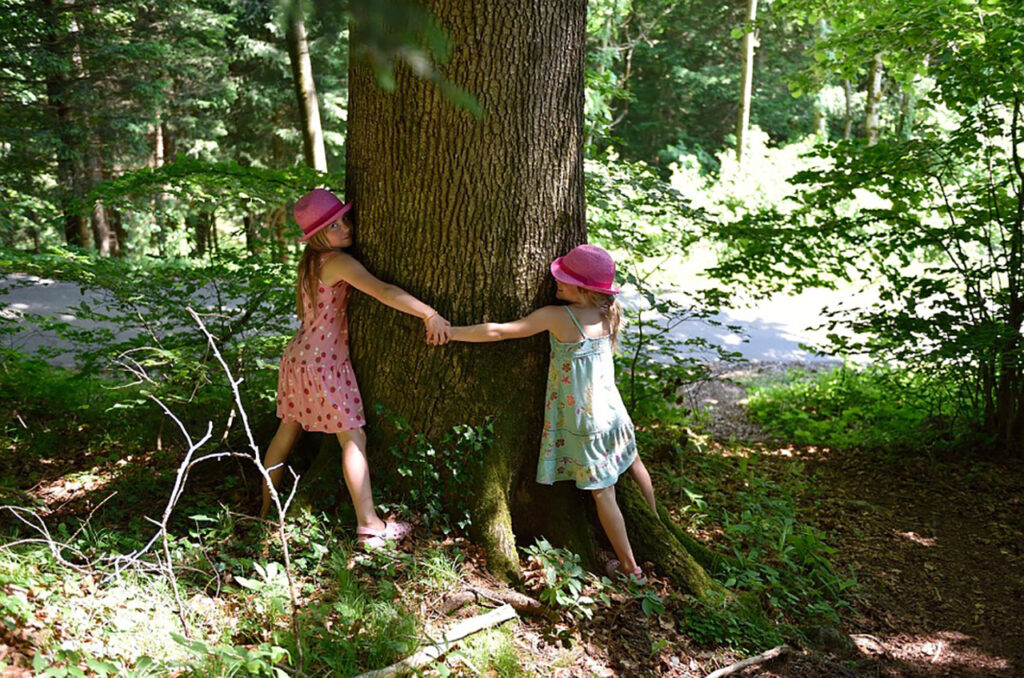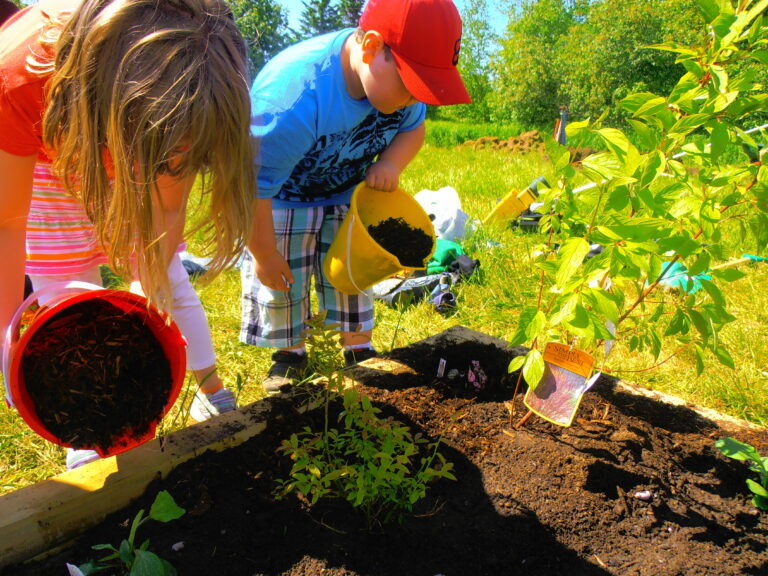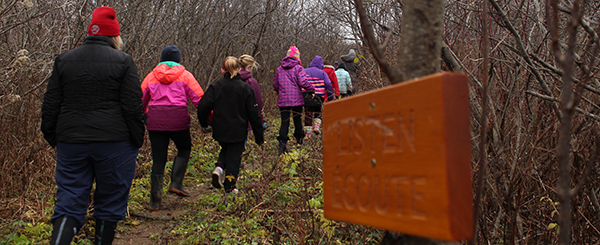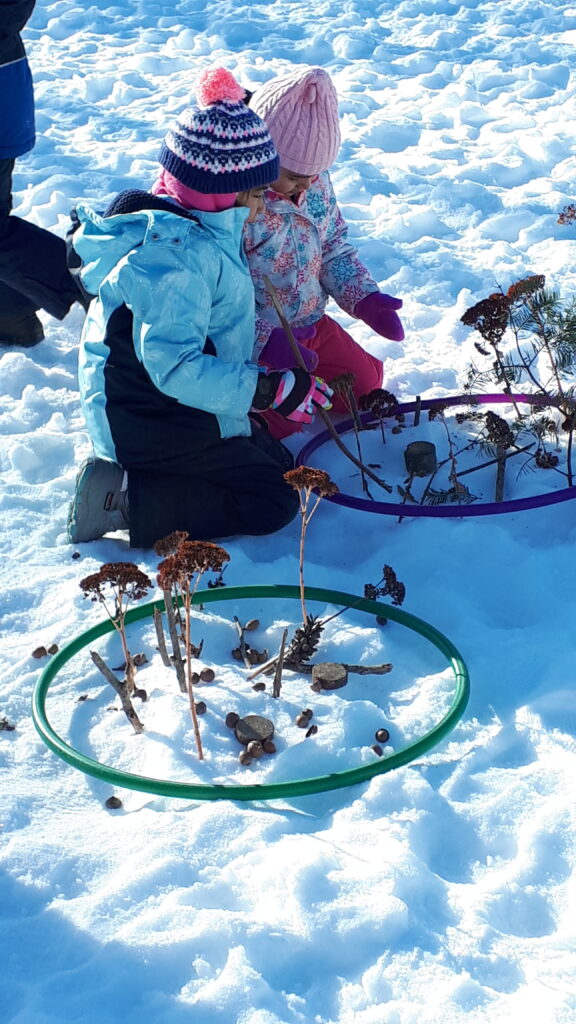Children and Nature
Why Children Need to Connect with Nature
The concept for the Learning Outside initiative evolved from recognition that today’s children often do not have the opportunities to connect with nature that have previously been considered an integral part of childhood. Catalyzed by the publication of Richard Louv’s book, Last Child in the Woods: Saving Our Children from Nature-Deficit Disorder (2005), there has been increasing awareness globally of the importance of a strong connection to nature to the physical, mental, emotional and spiritual well-being of our children and youth.
Louv coined the term ‘nature-deficit disorder’ to describe “the human costs of alienation from nature, among them: diminished use of the senses, attention difficulties, and higher rates of physical and emotional illnesses.” (Louv, 2008, p. 36). Research on the effects of ‘nature-deficit disorder’ and the benefits of time spent in nature can be found in the links below.



The reasons why our children have fewer opportunities to connect with nature are complex and multifold. They include increasingly structured lives for both adults and children, less willingness to let our children ‘roam free’ and fewer places for them to do so, fear, and an increasingly risk-averse society, along with the pull of electronics, video games, and the mall. As a society, we have distanced ourselves from nature and fewer people turn to nature as a source of well-being, relaxation, inspiration, learning, and physical activity. This, in turn, makes it more difficult to pass on the ‘nature connection’ to our kids. Of course, this is not true of everyone and there are many great initiatives aiming to reverse this trend. Globally, there is a great upwell of interest and action in getting children and youth outdoors, exploring the natural world.
Since most New Brunswick children spend many hours at school, our approach is to encourage the school community to take education outdoors, beyond the classroom walls, to use nature as a teaching tool while providing all the additional benefits of being outside (physical exercise, multi-sensory experience, enhanced emotional and social development, mental health and resilience). We support teachers in teaching existing curriculum outdoors by developing and delivering curriculum-linked activities that incorporate learning about nature. Many of our educational materials and activity guidelines are available in our ‘For Educators’ section. We also provide advice and inspiration on developing and enhancing outdoor learning spaces (see ‘Greening School Grounds‘). Please feel free to contact us to see how we can help you get children outside!
The Importance of Outdoor Play for Children
Children need to play outdoors. They need the physical exercise, the fresh air, but so much more. They need to experience the world with all of their senses. They need to test their abilities in order to gain confidence. They need to engage their imaginations and creativity. And they need to develop a sense of belonging, of having a place in this world. One needs only to watch children chasing each other through a field, rosy cheeks and hair flying; or to see a child totally captivated watching a snail move slowly along a path, leaving its glistening trail, or watching a butterfly drink nectar from a flower; or to see the contented sleepy smiles after a good time walking, swimming, skiing or skating. The benefits of time in nature are easy to see… But if that’s not enough, there is ample research showing the benefits to children of outdoor play and time in nature:
- Carson, Rachel. 1965. The Sense of Wonder. Harper & Row, New York. 96 p.
- Literature reviews and overview documents
- Let the Children Play: Nature’s Answer to Early Learning. 2006. Early Childhood Learning Knowledge Centre, Canadian Council on Learning.
- Louv, Richard. 2005, updated 2008. Last Child in the Woods: Saving Our Children from Nature-Deficit Disorder. Algonquin Books of Chapel Hill. 391 p.
- Natural Learning Initiative, North Carolina State University Publications
- Health Benefits To Children From Contact With The Outdoors & Nature, Child and Nature Network.
- Nature Play and Learning, a partnership between the Natural Learning Initiative and the National Wildlife Federation. The Guidelines (below) and other resources are available on the website.
- National Guidelines: Nature Play and Learning Places (192 pages)
- National Guidelines: Nature Play and Learning Places – Executive Summary (4 pages)


